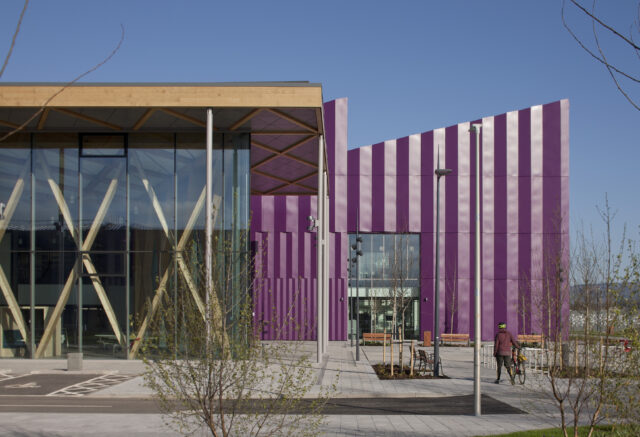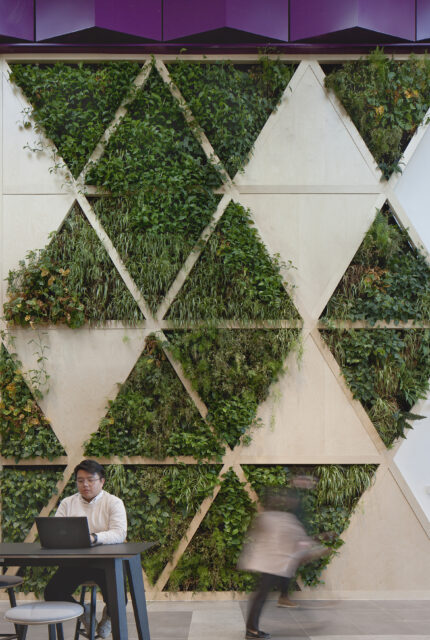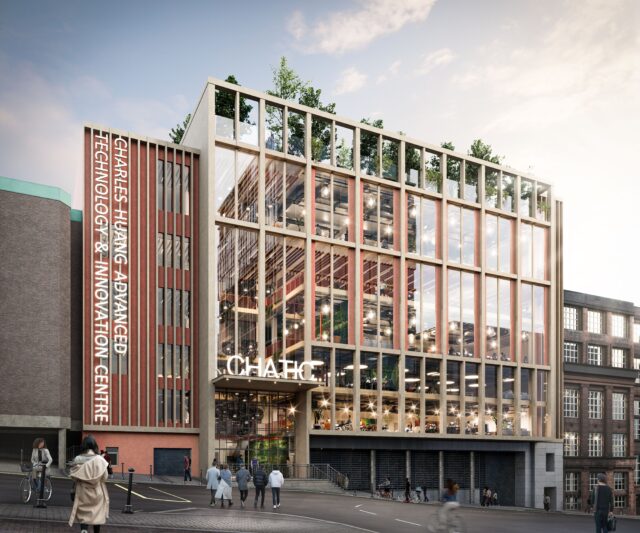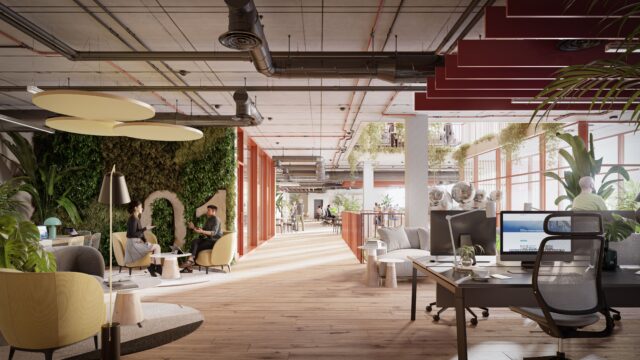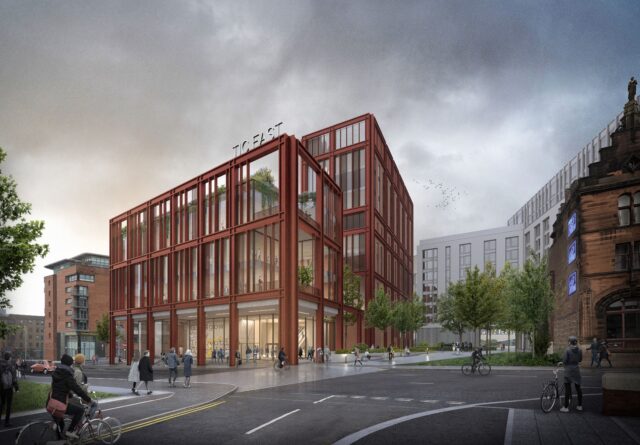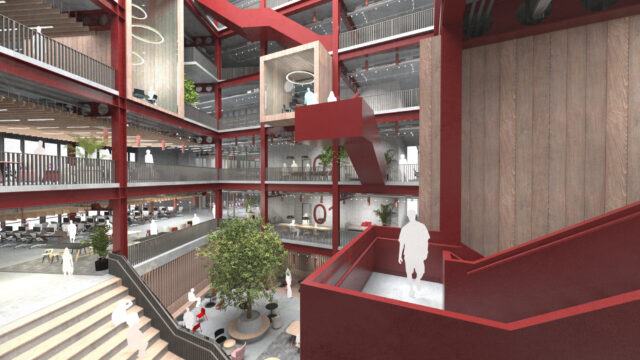University of Strathclyde
Category
Client of the Year - Architecture
Company
Summary
HLM Architects are nominating the University of Strathclyde as Client of The Year, both for their enthusiasm and commitment to championing high quality architecture, and for their innovative, ambitious, collaborative, and bold approach to creating sustainable buildings and tackling climate change mitigation at scale.
Our team at HLM has worked with the university on several projects over 20 years. It is however in the last 7 years via a collaborative framework agreement that our team has developed a fantastic working relationship with the University of Strathclyde team. In this period HLM have collaborated with the university on radically low energy and low carbon projects including the University’s first completed net zero carbon (in operation) building completed in 2023, two EnerPHit studies to help radically decarbonize the campus, two major Passivhaus projects amongst the largest of their kind in the UK as part of the climate neutral Glasgow City Innovation District, and a number of refurbishment projects to re-use, re-purpose and prolong the working life of existing University assets.
These collaborations include:
• The £110m Charles Huang Advanced Technology Innovation Centre (CHATIC) and TIC West projects, at RIBA stage 3 designed as the University’s first Passivhaus buildings, achieving BREEAM Outstanding and WELL Silver accreditation.
• Royal College Building, a refurbishment and careful re-use of redundant space within the B-listed building to provide much needed Central Pool Teaching space,
• A proposed EnerPHit retrofit of the former student union building, to create a digital entrepreneurship hub, providing vibrant, flexible, and affordable space, re-using the existing structure and fabric and set to be one of the university’s most sustainable projects,
• The refurbishment of levels 4/5 of the John Anderson building to provide physics teaching space and Quantum research labs, creating a vibrant, internationally competitive centre of activity for Quantum research,
• A major masterplan for the student village which will retrofit over 700 existing residences to EnerPHit standard whilst creating 2,000+ new build high quality student bedrooms to Passivhaus, providing high student experience in a village setting.
It is however the delivery of the £43m NMIS headquarters building which exemplifies the University’s approach and commitment to sustainability and climate change mitigation. Set to be one of Scotland’s leading Institutes with a high public profile, the university set a brief for NMIS to be innovative, ambitious, collaborative, and bold in creating a sustainable building using clean, low carbon infrastructure to meet the climate action ambitions of the University.

